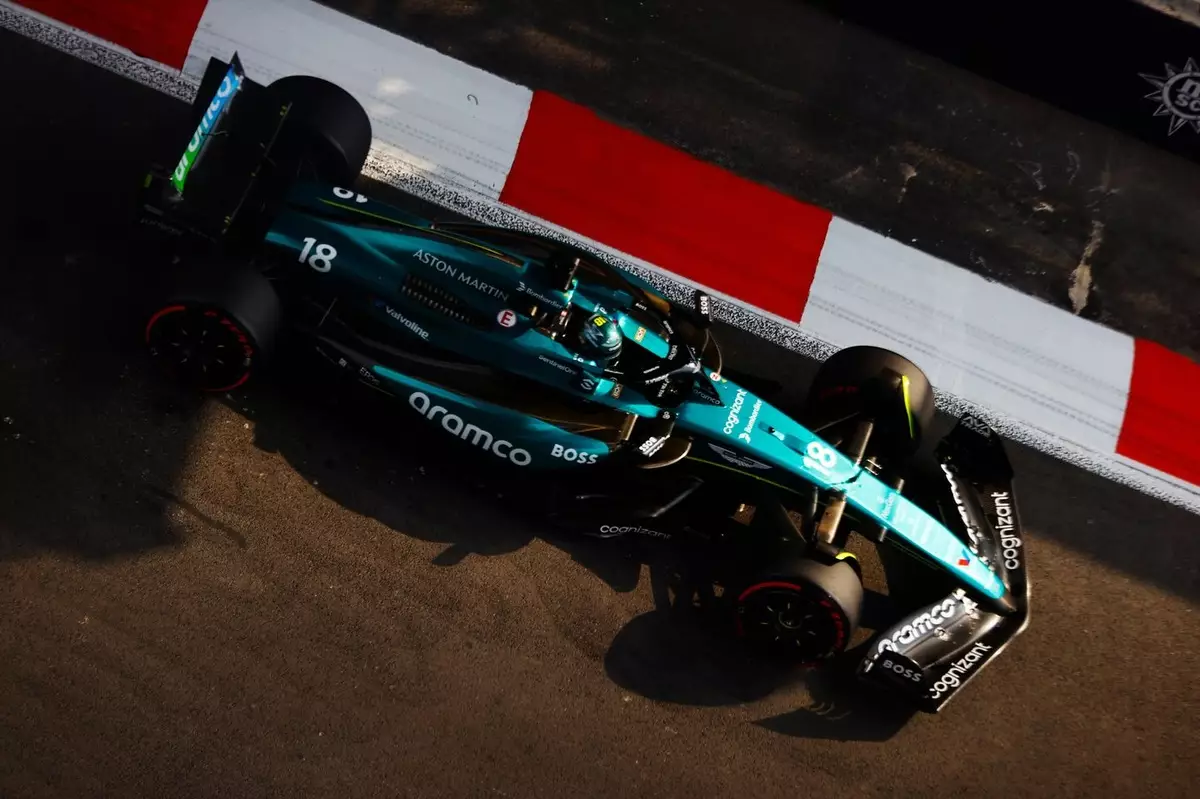As the world of Formula 1 gears up for major transformations set for the 2026 season, significant discussions are erupting around the potential implications of the new technical regulations. Renowned designer Adrian Newey has raised an intriguing point: the possibility that the upcoming rules may favor engine manufacturers, reminiscent of the dominance witnessed during the early hybrid era starting in 2014. With the introduction of revised hybrid power units and alterations to the chassis regulations, Newey’s insights invite an exploration of how the dynamics of the sport could shift dramatically in the near future.
Engine Manufacturers: A New Frontier?
Newey posits that the integration of new hybrid technology could lead to an uneven playing field at the onset of the regulations. Historically, Formula 1 has seen instances where one manufacturer swiftly gains an advantage, often due to their superior technology or innovative designs. The 2014 season serves as a vivid example, where Mercedes engines outclassed their competition, thereby reshaping the landscape of F1 for several seasons. According to Newey, the same could occur as one of the new power unit manufacturers establishes a clear lead.
The planned removal of the complex MGU-H system and an increased reliance on the MGU-K unit bring forth a new era of challenges and opportunities. The strategic use of sustainable fuels adds another layer to this technological evolution, pushing teams to innovate their approaches while adhering to environmentally conscious mandates. Newey asserts that the nuanced interplay between combustion engines and electrical systems could play a pivotal role in determining the competitive landscape.
Newey’s insight into the technological landscape hints at a potential schism between manufacturers. While some may excel in developing combustion engines that dominate, others might find their fortunes tied to the effectiveness of the electrical components of their units. This disparity raises questions about competitive parity within the sport. If a single manufacturer creates a groundbreaking power unit, it may set a precedent that others find difficult to match, thereby endowing the frontrunner with a significant advantage that could last several seasons.
Moreover, the regulations may inadvertently hinder the ability of teams to catch up if substantial performance gaps emerge. Newey highlights the concern regarding cumbersome restrictions that might limit agility and adaptability for those falling behind. Conversely, he notes that advancements in electrical technology can level the playing field more effectively because teams have a more flexible framework within which to operate. However, with the technical regulations being tightly controlled, substantial deviations from established performance benchmarks may not be feasible.
The excitement surrounding the introduction of new engine manufacturers reflects a period of transition and renewal within Formula 1. With Aston Martin partnering with Honda and new entrants like Audi, the competition landscape is evolving. Red Bull’s venture into in-house engine development, in collaboration with Ford, further exemplifies this intriguing transformation. The anticipated entry of Cadillac also underscores the potential for expansion and diversification of engine suppliers in the competitive arena.
However, the decision by Renault to step back from its power unit program poses questions about the sustainability and long-term viability of engine development partnerships. As factored into the mix are established names such as Mercedes and Ferrari, the competitive balance is likely to shift as teams familiarize themselves with the refined technical landscape.
Newey’s Focus and the Road Ahead
As Newey transitions into his role with Aston Martin, he articulates a clear focus on the upcoming 2026 regulations. His commitment to navigating these new technical challenges highlights the urgency that teams face to adapt their designs to meet the changing landscape. In reflecting on his hiatus from the sport, Newey’s self-awareness underscores the necessity of staying attuned to evolving regulations—a challenge that underscores the need for ongoing research and development in a constantly changing field.
As Formula 1 gears up for a pivotal moment in its history, the questions surrounding engine dominance and competitive balance loom large. With insights from industry leaders like Adrian Newey, the discussion moves beyond mere technical specifications to encompass the strategic maneuvers teams must adopt to thrive in the face of unprecedented change. The 2026 season promises to be a watershed moment that could redefine the essence of racing and competition in Formula 1.


Leave a Reply